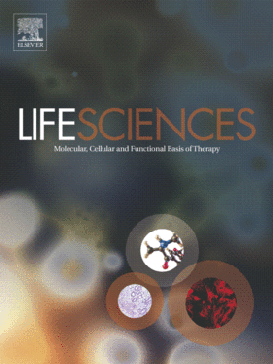“Inflammatory response plays an important role in the activation and progress of many debilitating diseases. Natural products, like cannabidiol, a constituent of Cannabis sativa, and moringin, an isothiocyanate obtained from myrosinase-mediated hydrolysis of the glucosinolate precursor glucomoringin present in Moringa oleifera seeds, are well known antioxidants also endowed with anti-inflammatory activity.
This is due to a covalent-based mechanism for ITC, while non-covalent interactions underlie the activity of CBD. Since these two mechanisms are distinct, and the molecular endpoints are potentially complementary, we investigated in a comparative way the protective effect of these compounds alone or in combination on lipopolysaccharide-stimulated murine macrophages.
Our results show that the cannabidiol (5μM) and moringin (5μM) combination outperformed the single constituents that, at this dosage had only a moderate efficacy on inflammatory (Tumor necrosis factor-α, Interleukin-10) and oxidative markers (inducible nitric oxide synthase, nuclear factor erythroid 2-related factor 2, nitrotyrosine). Significant upregulation of Bcl-2 and downregulation of Bax and cleaved caspase-3 was observed in cells treated with cannabidiol-moringin combination.
Treatment with the transient receptor potential vanilloid receptor 1 antagonist was detrimental for the efficacy of cannabidiol, while no effect was elicited by cannabinoid receptor 1 and cannabinoid receptor 2 antagonists. None of these receptors was involved in the activity of moringin.
Taken together, our in vitro results testify the anti-inflammatory, antioxidative, and anti-apoptotic effects of the combination of cannabidiol and moringin.”
http://www.ncbi.nlm.nih.gov/pubmed/27215129


